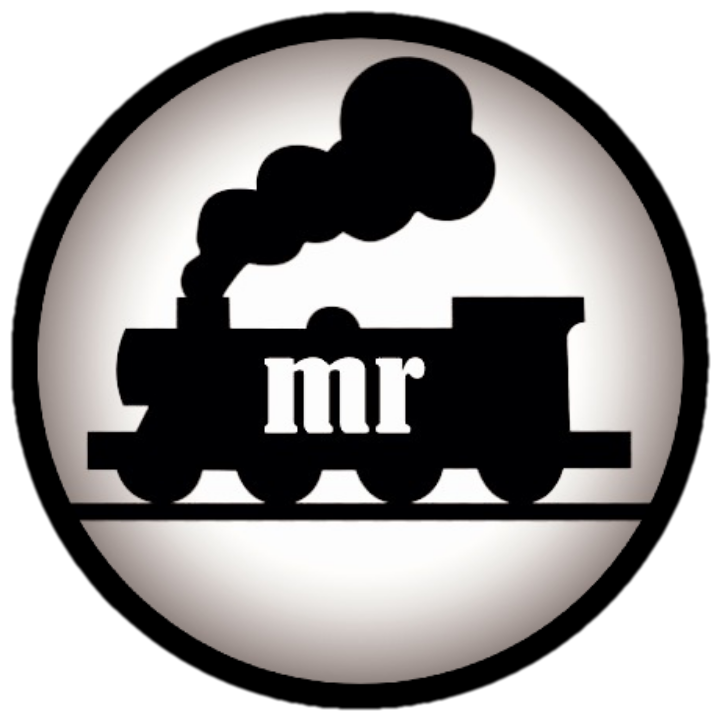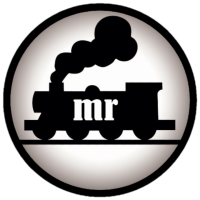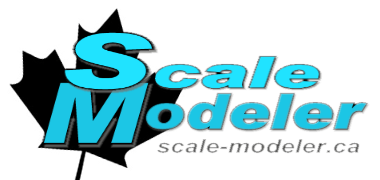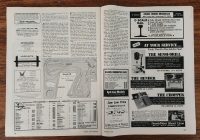
The Model Railroader
Introduction: Slot Cars vs Model Railroads.
Model trains and slot cars have a lot in common. Toy slot cars evolved from toy trains and in the early years were manufactured by the same company or a newly created branch of that company. They both ran ready to run models (locos and cars) on dedicated sectional track using electrified rails, similar motors (or in some early cases the same) and similar speed controls. Plastic roadbed for slot cars replaced plastic sleepers for trains and analog and digital versions of both are now available. Ready made plastic buildings and other trackside accessories can be added too.
Those diving deeper into either hobby can enjoy tweeking, customizing or scratch building their models, locos or rolling stock using brass, resin and 3d printing technology. Layouts can be fully scenerized using the same techniques and both hobbies have a huge assortment of online retailers offering expansive choice in parts.
I often hear slotheads say that ‘you can’t race trains’ so ‘you must get bored just going in circles’. This is the biggest difference between the two hobbies: one is competitive and the other is cooperative. Some consider scale model slot car ‘racing’ a sport and are uber competitive and regard results paramount. Others enjoy the hobby for what it is.
On the other hand model railroaders operate cooperatively in different roles using a fast clock or schedule on a layout that is usually point to point, not a circle. Safely sharing the rails to get rolling stock to each cars’ destination and passengers to station or flag stops on time is paramount. Whether you are operating a switching loco putting together or disassembling trains, taking trains to another destination or operating a passenger shuttle success is achieved when everything goes according to plan and without incident.
Another difference is that by its nature racing model slot cars requires a field or large group of racers while operating a model railroad can be done by an individual or a very small group.
There are other differences but they are not worth noting here. The point is that these hobbies can both be rewarding in equally similar but also different ways.
My HiLand Eisenbahn
Reliving the past – a journey back in time with my original Kleinbahn – my first railroading project after quite some time… check it out.
Useful Links, Online Resources & Retailers
- SCARM – Simple Computer Aided Railway Modeller by Milen Peev. Excellent windows software to design your railroad. The library of available track sets by Manufacturer is expansive and includes my now vintage Kleinbahn sectional track system. Takes some time to learn but the simplicity of the software is what makes this such a powerful tool and a must have in my book. Freeware to try but you will want to register – less than $50 (U.S.) and well worth it. Includes the layout designer and a 3D viewer. A train simulator module is also available to test your layout design – free for one DB loco and 8 wagons – or you can add the complete simulator for a nominal cost.
- SCARM Railway Modeller’s Blog – News & Updates, Tips & Tricks, Tutorials & Examples, Advanced Techniques, Video Demos, Design Ideas, Track Plans, Ready-To-Build Railroad Layouts and more.
- RailServe – A comprehensive guide to 19,000 railroad websites, online resources, and upcoming events. The directory features 180 categories spanning rail travel, hobby, and industry. Updated daily since 1996.
- Model Railroads & Freight Cars by Bonnie Gringer. A short article on model railroading with useful links to plenty of helpful resources and articles in .pdf format.
- The Credit Valley Railway Company Limited (CVRCO) – A premier model railroad retailer in Canada offering a comprehensive range of hobby and related products and publications with friendly and knowledgeable staff. In person or online shopping – your choice!
- Fast Tracks – Canadian online manufacturer and retailer for Track Building Tools and Model Building Supplies.
What’s On Track?


